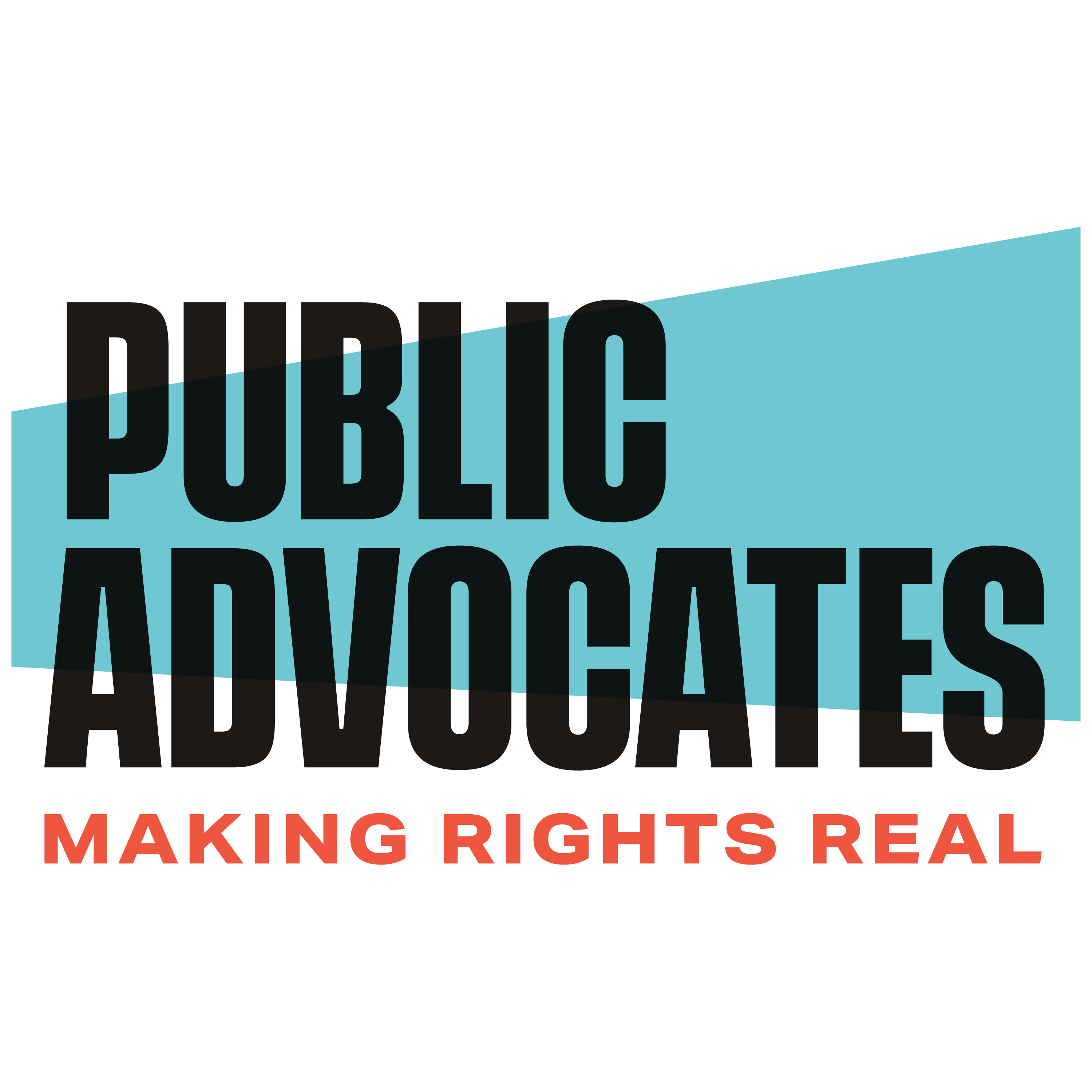A ONE-TWO COMBO FOR 6 WINS AND REGIONAL EQUITY
By David Zisser
Nearly two years of regional grassroots power-building and advocacy, with key victories along the way, culminated in one end-of-year victory and a second sign of hope for the 6 Wins Network and regional equity. In November, we won agreement from the Bay Area’s two regional planning agencies to create and implement an “Action Plan” that will include concrete strategies for advancing equity for all communities. And in December, the same agencies announced they would study a planning scenario developed by the 6 Wins in 2011 for how the Bay Area should grow and invest more than $300 billion in transportation over the next 25 years.
First some background…
Public Advocates co-convenes the 6 Wins Network, a coalition of more than 20 grassroots, policy, faith, and labor organizations across the Bay Area focused on shaping the regional housing, land use and transportation plan. The plan will determine how the $300 billion in transportation money will be spent and how the region will house more than 2 million new residents over the next 25 years. Known as Plan Bay Area 2040, the regional blueprint will be adopted next year by the Metropolitan Transportation Commission (MTC) and the Association of Bay Area Governments (ABAG).
As part of the current process to adopt Plan Bay Area 2040, the agencies developed three scenarios for how the transportation funds should be spent, and where household and employment growth should go. In November, MTC and ABAG selected one of them, with a few tweaks, as their “Preferred Scenario” that will be the basis for Plan Bay Area 2040.
However, the agencies acknowledged that their so-called Preferred Scenario has serious problems. Under that scenario, MTC and ABAG found that the risk of displacement and housing and transportation costs would increase substantially, affecting hundreds of thousands of low-income Bay Area residents. At the same time, the Preferred Scenario does nothing to increase access to good jobs and little to reduce the health harms that low-income communities face. In other words, even under the agencies’ “best” scenario, things get worse for under-served, vulnerable communities.
Moreover, despite the Preferred Scenario’s poor performance, MTC and ABAG have little in the way of concrete strategies for addressing the Bay Area’s affordable housing crisis and creating a more equitable region. And Plan Bay Area does not require the agencies to implement policies that would mitigate these problems and help make the Plan better.
Setting a better course for equity via a region-wide Action Plan
To address these challenges, the 6 Wins and our allies, as in the past, have offered a constructive solution: we asked MTC and ABAG, as part of the new Plan, to develop and implement an Action Plan to shift from planning to policy. In response to a coordinated campaign by the 6 Wins, together with the Nonprofit Housing Association of Northern California (NPH), and Greenbelt Alliance, MTC and ABAG adopted our proposal.
Specifically, according to the policy statement the agencies adopted in November, the Action Plan will:
- Be adopted along with the final Plan Bay Area 2040 (currently scheduled for summer 2017);
- Be developed starting in early 2017 in consultation with nonprofit organizations representing the economy, environment and social equity; and
- Identify concrete near and medium-term actions for MTC, ABAG, and local agencies to take in order to make meaningful progress on Plan Bay Area’s performance targets, especially housing affordability, displacement risk and access to jobs.
Over the next few months, the 6 Wins and our partners will work with MTC and ABAG to populate the Action Plan with policies, strategies, and actions that (1) the regional agencies should take themselves, (2) the regional agencies should take to encourage local jurisdictions to act, and (3) the regional agencies should advocate for the state to take. These could include developing and funding a Regional Housing Trust Fund, modifying the One Bay Area Grant (OBAG) and other transportation funding programs to encourage stronger local anti-displacement policies and affordable housing production, and requiring prevailing wages on projects funded through Plan Bay Area.
This work won’t be without its challenges. The county transportation agencies (known as congestion management agencies, or CMAs) that allocate much of the region’s transportation funding, in an effort to maintain as much control as possible, will no doubt try to limit the Action Plan strategies. Cities that want to get transportation projects funded and minimize affordable housing in their communities may also fight strong regional actions.
But we remain hopeful that MTC and ABAG will continue to appreciate the scale of the crisis and the need for concrete, urgent, and effective action. And we’ll be there to remind them and to work with them to develop and implement creative solutions.
A superior approach to planning a more equitable and sustainable region
We hope that the Action Plan will be informed in part by what the agencies learn from studying the Equity, Environment and Jobs, or EEJ, Scenario developed by the 6 Wins.
In connection with the previous Plan Bay Area process, the 6 Wins developed its own proposal, the EEJ Scenario, back in 2011. We asked MTC and ABAG to evaluate it as they developed the original Plan Bay Area. They refused, but after months of organizing and advocacy by 6 Wins members, they agreed to study it in the environmental impact report (EIR) for Plan Bay Area. Their analysis concluded that the EEJ was not only better for low-income communities of color, but was “the environmentally superior alternative” and better for the region as a whole.
For nearly two years, the 6 Wins Network has been urging the agencies to build on the superior performance of the EEJ scenario as they shape the new plan. Despite the EEJ’s strong performance last time, however, the agencies have steadfastly rejected our repeated calls to study an updated EEJ this round, even refusing to study it as an alternative in the EIR.
But now there is a glimmer of hope. A powerful combination of grassroots organizing and direct action, policy advocacy, and legal advocacy pushed the agencies to finally reverse course: In a last-minute phone call earlier this month, the agencies’ planning director informed us that they were going to include some version of the EEJ in the plan’s EIR. A strong group of 6 Wins leaders joined Public Advocates a few days later at a meeting with senior MTC staff to discuss a path forward.
While we have some reason to suspect that the analysis may be skewed – we were given only a few days to react to the proposed design of the EEJ that will be studied, and a number of our important recommendations were not accepted – we are giving the agencies the benefit of the doubt for now. As we made clear at the meeting, the 6 Wins will take a wait-and-see approach. But we remain optimistic that if the EEJ is defined by the right policies and strategies and studied properly, it will again show the best results for equity, for the environment, and for the region as a whole – potentially setting the stage for a true one-two punch.

